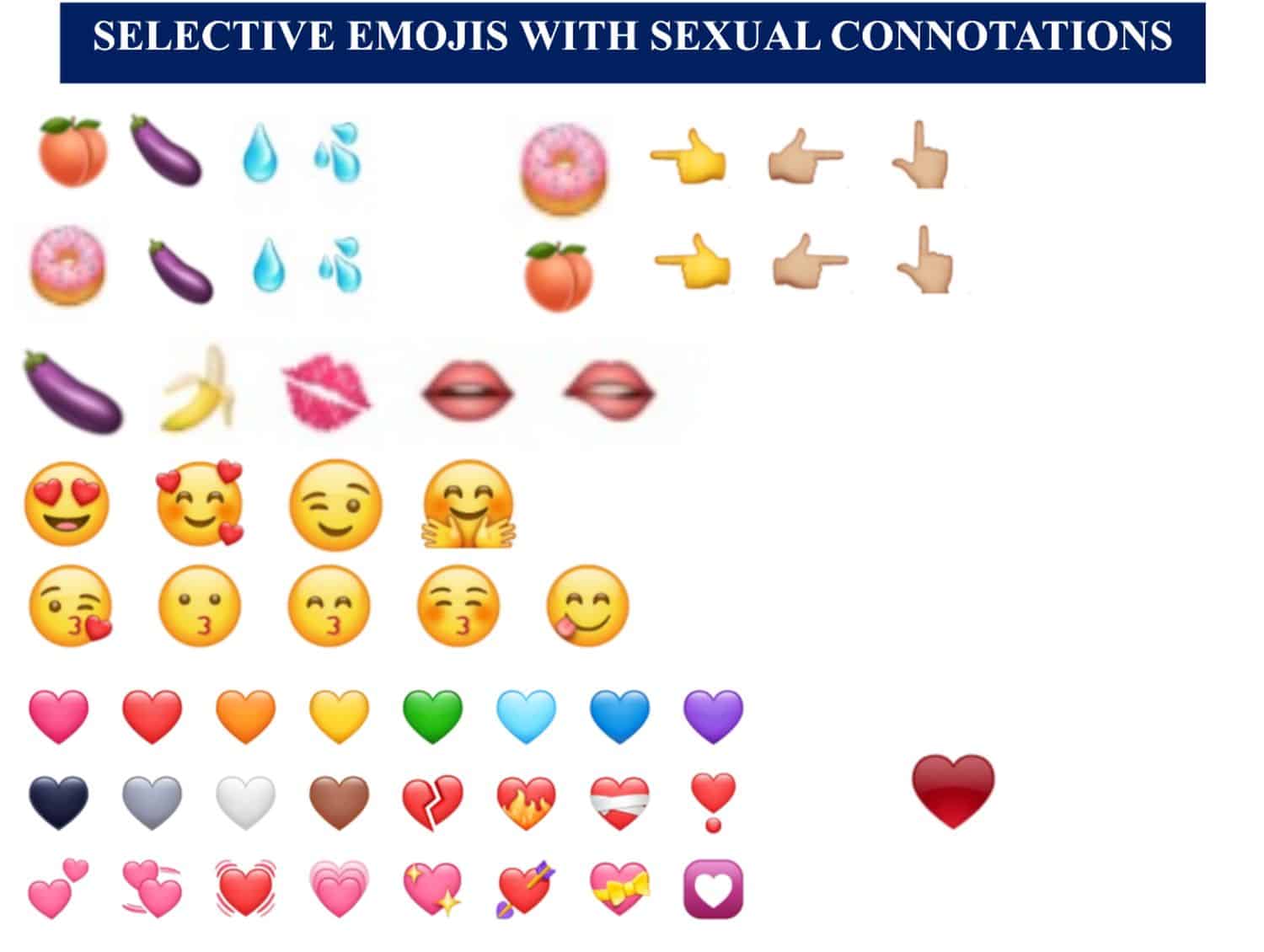Employers are advised to establish a policy on how to use emojis to avoid complaints being laid against employees.
Emojis are often seen as fun, harmless and easy to interpret. But in reality, their meaning is not always clear, and their use in professional settings can easily lead to confusion or even serious consequences.
This has been a focus point in a case involving Eastern Cape High Court Judge President Selby Mbenenge. His use of certain emojis in messages to judges’ secretary, Andiswa Mengo, has come under investigation. This follows a formal sexual harassment complaint laid by Mengo against Mbenenge.
Labour law experts from the firm Cliffe Dekker Hofmeyr hosted a panel discussion to explore how emojis should be used in professional environments.
The discussion focused on the risks of misinterpretation and how something as seemingly innocent as an emoji can take on different meanings depending on the context, relationship between colleagues, and workplace culture.
ALSO READ: Did she mean it or not? Analysis of Mengo’s WhatsApp messages to Judge Mbenenge questioned
Interpreting the use of emojis?
Dr Zakeera Docrat, forensic and legal linguist, said the use of emojis can be interpreted in the same way as non-verbal cues are interpreted. A forensic and legal linguist is what you would call an emoji expert, although she highlighted there is no such thing, as no one went to school to learn about emojis.
People often make use of emojis to enhance their digital communication by conveying emotions, clarifying meaning and adding a personal touch to text-based messages.
Docrat highlighted that the context in which certain emojis are being used and the relationship between the sender and recipient are very important.
“Emojis are used for illustrative purposes, like repeating the meaning of the written words which appear in the text. I usually send the praying hands emoji as a thank you.”
Is it necessary to send emojis?
Docrat said that before sending emojis, it is essential to ask oneself if it is necessary to include an emoji in a text, or if words will suffice.
Sometimes emojis convey the opposite of what the written words convey. This can be to portray sarcasm or irony. This is why the context and relationship between the two people is important, because sometimes that could be how the two people joke.
Docrat added that it would be offensive if she received a red heart from a senior male colleague, because the red heart emoji is typically used for romantic interest.
She touched on emojis as evidence in a case, and noted that the interpretation of emojis is not a static practice.
“Courts must be consistent in analysing emoji evidence as they would any other item or document of evidence.”
ALSO READ: WATCH: Mbenenge emojis showed ‘agreement and warmness’ – expert
Sentenced for using gun emoji
She explained using a few cases from around the world where people have been convicted and sentenced to prison time for using certain emojis.
A man was convicted of threatening his ex-girlfriend and sentenced to six months’ imprisonment. The charges were brought after the man sent the gun emoji in a text message.
The court held that the gun emoji translated to a death threat.
Is a wink emoji sexual?
In another case, the winking face emoji did not establish consent for a sexual encounter. The appellant argued that the complainant’s response in the form of a winking face emoji constituted consent for that one sexual encounter.
However, the court rejected this interpretation of the emoji and held that it did not constitute informed consent or any form of acknowledgement.
How to navigate emojis in a workplace
Docrat said employers can establish a policy on how to use emojis to avoid complaints being laid against employees. The policy can specify which emojis are suitable to use and their intended meanings.
The policy can be company-specific, as it would be nearly impossible to have a universal law governing the use of emojis in the workplace.
Yvonne Mkefa, director in the firm’s employment law practice, said the policy must be company-specific because employees in different sectors communicate differently.
For example, employees at a public relations company communicate differently than employees at a law firm.
Mkefa and Docrat touched on the use of the peach emoji. They noted that it can be offensive to use it in a workplace communication, unless colleagues are specifically discussing fruits.
If you’re still unsure, you can go to Emojipedia to look up the meaning of emojis before making use of them.
NOW READ: Think before you emoji: How digital symbols could land you in trouble
